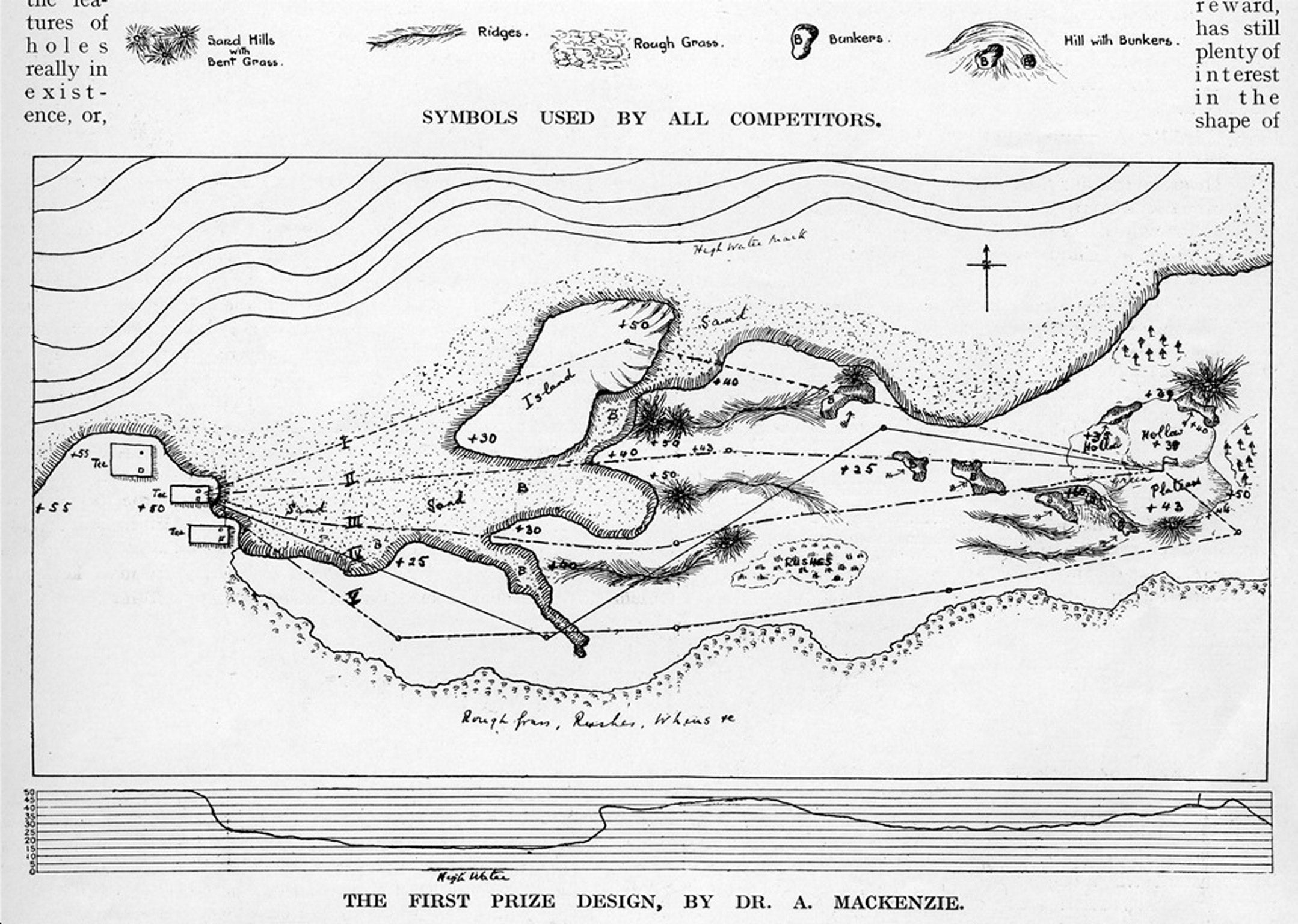The Masters 2014: How a doctor from Yorkshire built Augusta National
English GP won magazine competition to design golf hole and then swapped bandages for bunkers

In 1914, Country Life magazine ran a competition for their readers to design a golf hole to be built at a course in America. There were just 70 entries for the £20 first prize and the judges selected a GP from West Yorkshire as their winner. A wise choice: he went on to design Augusta National, home of this week's Masters.
Dr Alister MacKenzie, a former army surgeon, who used ideas he had learnt about camouflage in the Boer War in his design, won the prize for the "most ingeniously devised hole in which the player must use his own judgement, according to his driving prowess and the weather conditions, as to which of five routes he will adopt".
A keen, but mediocre, golfer, Dr MacKenzie had been a founder member of Alwoodley Golf Club in West Yorkshire and had designed its course and carried out other design work in the region. But winning Country Life's competition gave him national and international renown and he went on to create courses in the USA, Canada, Australia, New Zealand and Argentina as well as around the rest of the British Isles. In the process, he revolutionised course design.
The decision of Country Life's judges was also visionary as, although Dr MacKenzie is now considered one of golf's greatest architects, his novel designs were originally too controversial for many. In an article on military trenches for Country Life the following year, he wrote: "My ideas on golf course construction have been mercilessly criticised and condemned and it has taken me nearly 10 years to persuade the public that there is anything in my views. The whole secret of successful course construction and concealment in trench-making consists in making artificial features indistinguishable from Natural ones and I have daily been attempting to imitate Nature."
Ken Moodie, who, in 2009, refurbished the course at Alwoodley, explains that Dr MacKenzie created natural golfing features and bunkers when many architects were building more functionally shaped ones. "His appreciation of the Old Course at St Andrews and fondness for large, undulating greens made him adventurous in his green designs. He would accentuate the natural features of a site and wasn't afraid to move considerable amounts of earth to create a great golf hole and he built large bunkers on a scale not seen previously."

In 1920, Dr MacKenzie published his 13 general principles of course design in his book Golf Architecture. These stressed that layouts should be challenging not penal, with the best designs those that pose strategic tests for all levels of golfer. He wanted to present even excellent players with shots they could not be confident of making, but also offer more than one route to a green, so that every player could select a strategy suitable for their own ability. He strived for variety and drama in his designs.
He advised arranging holes in two loops of nine, where possible, to create different wind conditions throughout the round; another principle was that every hole should be different in character. But, above all, he took a practical attitude – five of his principles were for an absence of excessive rough delaying play by ball hunts; minimal or no blind shots; walks between holes to be short; the course should be beautiful; and the land should undulate, but involve no hill climbing.
In time, he gave up medical practice to work full-time on golf architecture from a "firm conviction of the extraordinary influence on health of pleasurable excitement, especially when combined with fresh air and exercise. How frequently have I, with great difficulty, persuaded patients who were never off my doorstep to take up golf, and how rarely, if ever, have I seen them in my consulting rooms again".
This enabled him to travel for his design work and he eventually settled in America. There, he designed his most famous, and last, course: Augusta, the only one of the four majors to be played over the same course each year. Sadly, however, Dr MacKenzie died in 1934, two months before the inaugural Masters.
With its strategic design, beauty, wickedly undulating greens, sprawling bunkers and virtual absence of rough, Augusta National stands testimony to Dr MacKenzie's vision – and also to that of the three judges of the Country Life competition.
The full article appears in this week's 'Country Life', on sale Wednesday
Join our commenting forum
Join thought-provoking conversations, follow other Independent readers and see their replies
Comments